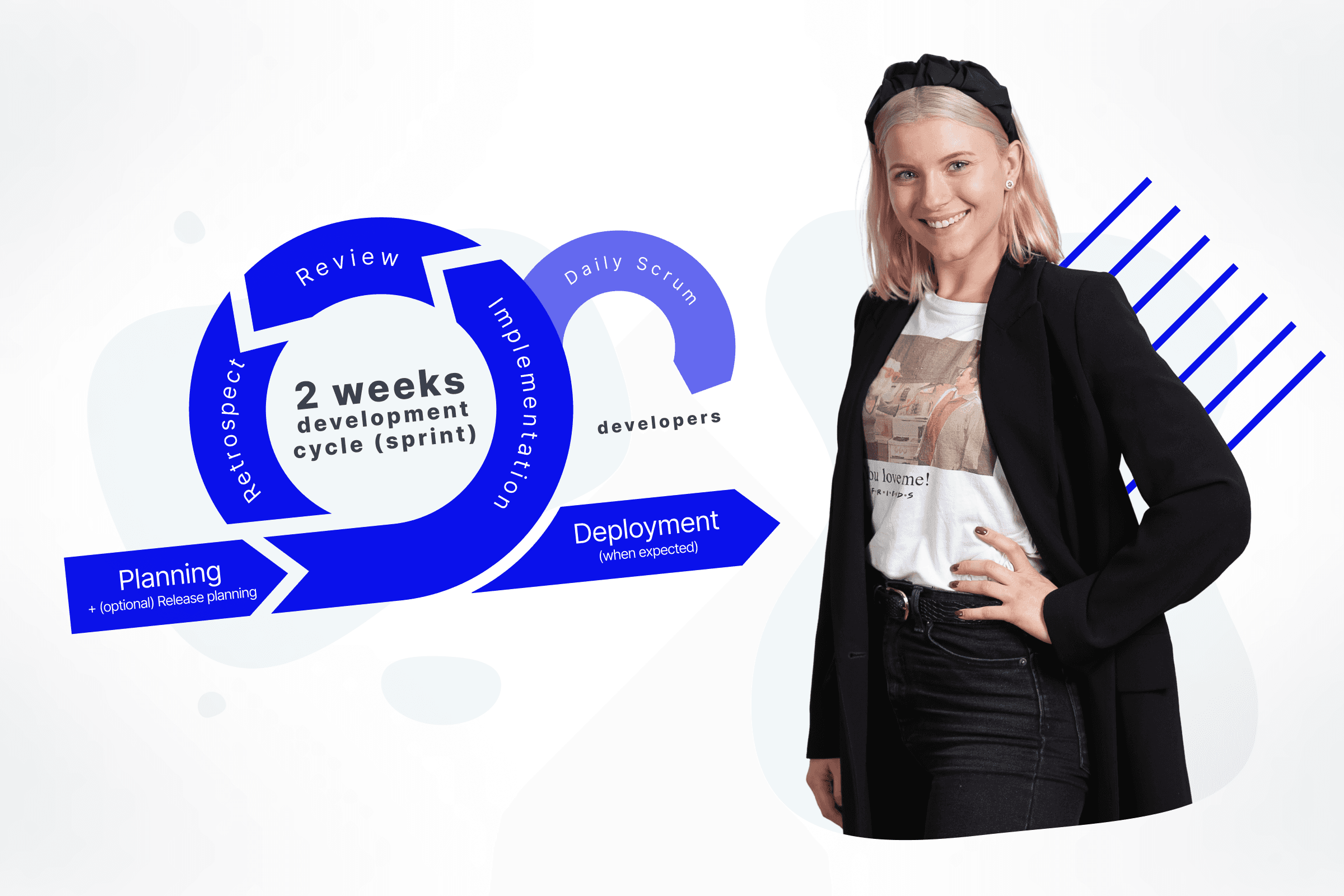
Midjourney is one of the (best generative AI services currently on the market (March 2024). I love Midjourney with all my heart and am incredibly happy to explore its possibilities. The ability to convert text (which I like and know how to use) into an image (unfortunately, I have no talent for this) is one of the most exciting possibilities of AI. I tell the Midjourney Bot what I want to see, which generates this image for me - isn't it stunning? I persistently explore how to explain and convey my ideas so that he understands them.
What is a prompt?
Translation is literally a "hint" and a suggestion or encouragement. But this word doesn't quite describe its use in Midjourney, so I'll use its English name. A prompt is a short text phrase that Midjourney Bot interprets to generate an image . Midjourney Bot splits the words and phrases in the prompt into smaller pieces, called tokens, that can be compared to training data and then used to generate an image. Therefore, a well-built prompt is the basis for creating graphics in Midjourney .
Construction of a prompt
The primary prompt can be divided into at least three main sections:
-
graphic references (previously given image);
-
text prompt (description of what MJ should generate);
-
parameters.
The only mandatory part of a prompt is the text - everything else can be omitted. And yes, a prompt can be one word, but we often expand it into more.

So, the simplest prompt might look like this:

And a bit more complicated like this:

However, the results will be completely different:

Midjourney creates impressive opportunities to experiment and approach a given topic. In addition to the randomness of the generated image, we can modify the parameters and direct this process, leading to desired and sometimes astonishing results.
In the next blog entry, I will focus on a more detailed analysis of the prompt structure so you can maximize this tool platform's potential.



